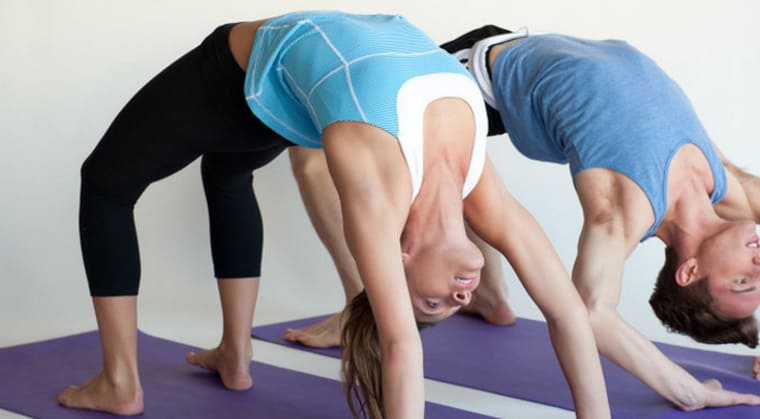Osteopathy is a system of holistic manual therapy that realigns the musculoskeletal system to facilitate the body to heal itself.
Osteopathic medicine as a profession came into being in the mid-19th century through the revelatory teachings of Andrew Taylor Still. Having lost four of his children to disease and being deeply disappointed with the model of western medicine, Dr. Still developed a set of principles as prerequisites for health:
- The human body is one dynamic unit of function
- The body possesses innate self-healing mechanisms
- Structure (anatomy) and function (physiology) are interrelated at all levels
- Unimpeded flow of body fluids (lymph and blood) is essential to good health
What is osteopathic treatment?
Osteopathic therapy aims to find areas of the body that have “somatic lesions” or restrictions in connective and muscle tissue. It restores them back to health with manual manipulation.
Osteopathic treatment incorporates various hands-on techniques applied to the joints, their surrounding soft tissues, muscles and fascia (tissue that provides support and protection for your muscles).
Osteopathy is effective in optimizing the function of every body system, from muscles to the digestive, hormonal, circulatory and immune systems. It is regarded as one of the most effective drug-free therapies for headaches, back and knee pains as well as disorders of the spine and joints.
Parallels between Osteopathy and Yoga
Though the origins of osteopathy and yoga have taken roots at very different times and circumstances, both philosophies take the person to be a dynamic whole and determine wellness by one’s emotional and physical balance.
Both assert that postural alignment, joint mobility, and diaphragmatic flexibility are essential components of good health. Finally, in contrast to conventional medicine, osteopathy and yoga regard the body as a whole with the belief that health comes from the unity of mind, body and soul.
Yoga and Osteopathy – complementary therapies
A fundamental component of osteopathic treatment is the use of manual soft-tissues techniques intended to achieve:
- General and specific mobilization of the spine and joints
- Detoxification
- Relaxation
- Strengthening of the immune system
The treatments may be spaced weeks apart. During that time, patients can actively contribute to their recovery by following a yoga routine designed by a knowledgeable yoga professional and focused on specific therapeutic goals.
The benefits of osteopathic therapy may be maximized through the use of:
- Pranayama breathing techniques stimulating detoxification processes in the body
- Inverse postures opening the thorax, which particularly activate the immune system
- Yoga exercises reducing the activity of the sympathetic nervous system, thus reducing the stress reaction of the body
- Asana and stretches to strengthen musculoskeletal system and to increase spinal mobility
Osteopathic training for yoga professionals
More and more osteopaths are incorporating yoga into their health management strategies by referring their patients to yoga practices specializing in the therapeutic application of yoga. Alternatively, a growing number of yoga practitioners worldwide seek osteopathic training. Healthcare colleges offer several educational levels for certified yoga professionals ranging from Certificate Courses to our Diploma in Osteopathic Manual Practice (DOMP).
The future of health care lies in the integration of holistic and allopathic medicine when health practitioners representing different healing philosophies will work together for the benefit of our communities.
Rita Shpilt is an Osteopath and President of London College of Osteopathy. She is a Registered Massage Therapist as well as an Iyengar and Yin Yoga practitioner.
